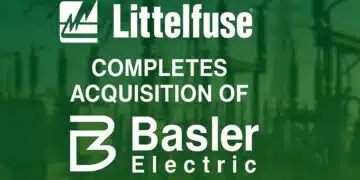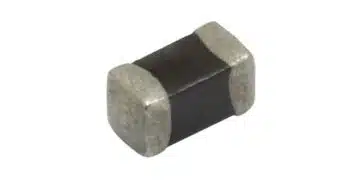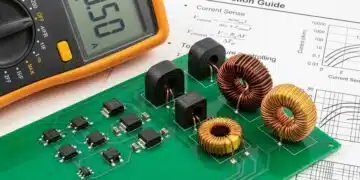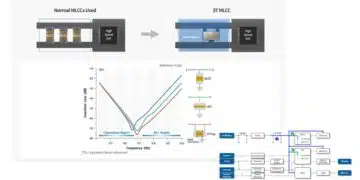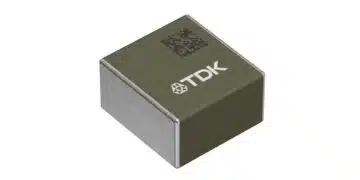source: Softei news
High capacitance MLCCs for high-rel medical and military applications from Knowles Precision Devices (KPD) are designed for high capacitance value projects.
The high capacitance BME MLC Novacap MLCCs are RoHS-compliant and manufactured in stable Class II dielectrics X7R and X5R. Comparable circuit designs can be achieved at typically a third to a fifth of the capacitance values because of the low ESR characteristics the MLCCs exhibit, says Knowles.
The Novacap range is offered with a spread of capacitance values starting at 6.8nF and 100 microF; ±10 and ±20 per cent capacitance tolerances are available. The low ESR characteristics mean they are suitable to replace tantalum and low ESR electrolytic capacitors without polarity concerns.
They can also be used as power supply bypass capacitors, smoothing capacitors, input/output filters in DC/DC converters and in digital circuits and LCD modules. All parts are available from Knowles with high reliability screening.
Nickel barrier termination options include tin, tin/lead or gold flash – all suitable for reflow soldering process. The gold flash option is of particular interest to eliminate the problem of tin whiskers, which has become prevalent because pure tin-plated terminations, brought in to comply with RoHS directives, allow tin whiskers to grow from surfaces and can cause electrical short-circuits and failures. This can represent a clear danger to hi-rel applications such as medical implantable devices and military equipment.
Novacaps’ gold flash termination has been developed for conductive epoxy or gold/indium solder attachment and consists of a five micro-inch minimum gold flash over a nickel barrier.



